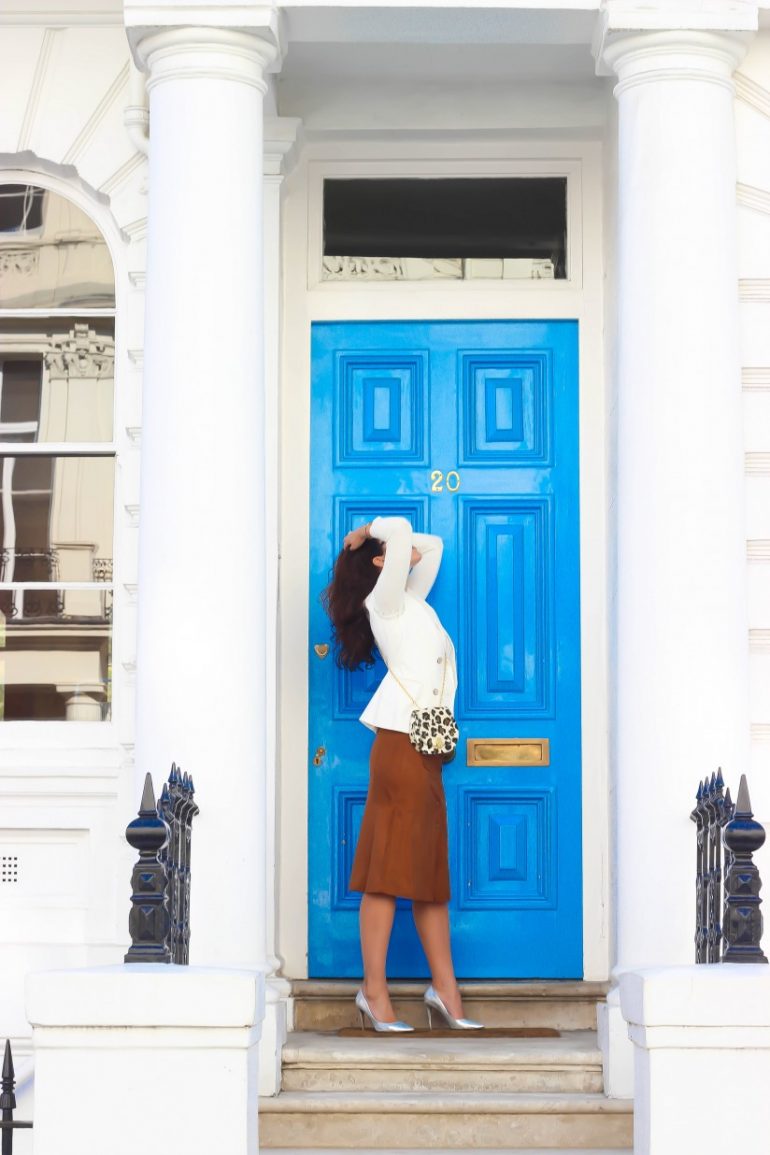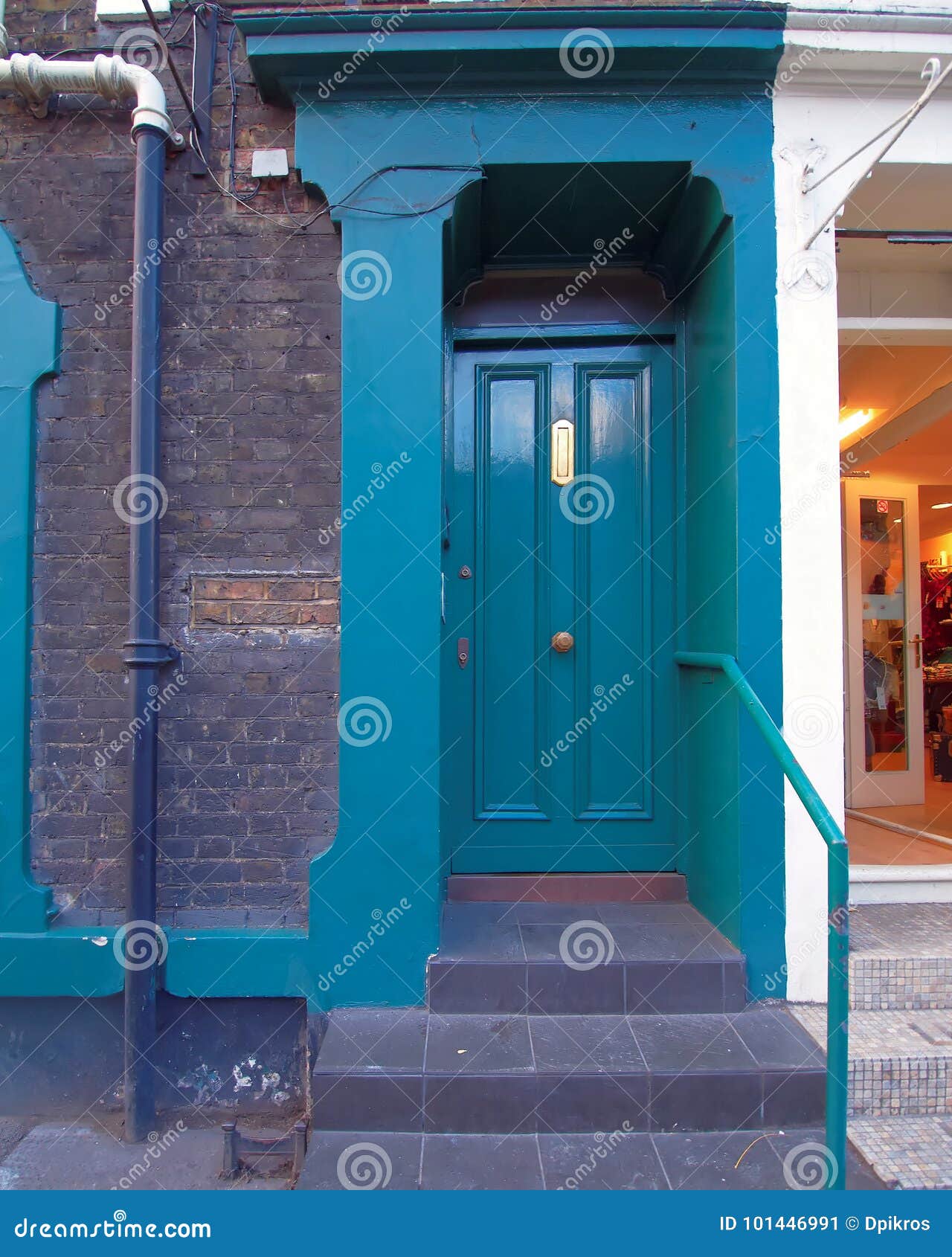The Blue Door In Notting Hill: A Hidden Gem With A Rich History
Notting Hill is renowned for its colorful streets, vibrant culture, and unique landmarks. Among these, The Blue Door stands out as an iconic symbol of the area's charm and history. This article will take you on a journey to explore the fascinating story behind The Blue Door in Notting Hill, its significance, and why it has captured the hearts of so many.
As you wander through the charming streets of Notting Hill, it's hard not to notice the iconic blue door that has become a symbol of the neighborhood's artistic spirit. This door is more than just an architectural feature; it represents the rich cultural tapestry that defines the area.
In this article, we will delve deep into the history, significance, and allure of The Blue Door in Notting Hill. Whether you're a local resident or a curious traveler, this article promises to provide you with valuable insights and interesting facts about this beloved landmark.
Read also:Perfect Steak Temps A Comprehensive Guide To Achieving The Best Results
Table of Contents
- The History of The Blue Door in Notting Hill
- Where is The Blue Door Located?
- Architectural Features of The Blue Door
- Cultural Impact and Significance
- The Blue Door in Films and Media
- Famous Visitors to The Blue Door
- Seasonal Changes Around The Blue Door
- The Role of The Blue Door in the Community
- Efforts to Preserve The Blue Door
- The Future of The Blue Door in Notting Hill
The History of The Blue Door in Notting Hill
Notting Hill's blue door dates back to the early 19th century when the area was undergoing rapid development. Initially, the door was part of a residential building, but over the years, it gained prominence as a cultural icon.
Origins and Early Days
The origins of The Blue Door can be traced to the Victorian era. During this period, Notting Hill was transforming into a bustling neighborhood, attracting artists, writers, and musicians. The blue color of the door was chosen not only for its aesthetic appeal but also for its symbolic meaning, representing tranquility and creativity.
Evolution Over Time
Throughout the decades, The Blue Door has witnessed significant changes in the community. From being a private residence to becoming a public attraction, its journey reflects the evolving character of Notting Hill.
Where is The Blue Door Located?
The Blue Door is situated in the heart of Notting Hill, near Portobello Road, one of London's most famous markets. Its precise location makes it easily accessible to both tourists and locals.
- Address: 123 Portobello Road
- Nearest Tube Station: Notting Hill Gate
Architectural Features of The Blue Door
The architectural design of The Blue Door is a testament to the craftsmanship of the Victorian era. Its distinctive features include:
- A striking blue paint that stands out against the surrounding buildings
- Intricate woodwork and carvings that reflect the period's attention to detail
- A unique archway that adds to its charm
Materials Used
The door is constructed using high-quality timber, which has been preserved meticulously over the years. The choice of materials ensures its longevity and durability.
Read also:7sttarin The Ultimate Guide To Understanding And Maximizing Its Potential
Cultural Impact and Significance
The Blue Door in Notting Hill is more than just an architectural feature; it is a cultural landmark that resonates with the area's artistic spirit. Many artists and writers have drawn inspiration from its beauty and significance.
Inspiration for Artists
Over the years, The Blue Door has inspired countless artists, musicians, and writers. Its vibrant color and timeless design have made it a muse for creative expression.
The Blue Door in Films and Media
Not surprisingly, The Blue Door has made appearances in films and media, adding to its fame and allure. One notable mention is in the movie "Notting Hill," where it served as a backdrop for some iconic scenes.
Other Media Appearances
Beyond cinema, The Blue Door has been featured in various documentaries, travel guides, and photography exhibitions. These appearances have further cemented its status as a cultural icon.
Famous Visitors to The Blue Door
Throughout its history, The Blue Door has welcomed numerous famous visitors, including celebrities, politicians, and dignitaries. Their visits have contributed to its reputation as a must-see destination in Notting Hill.
Notable Figures
- Julia Roberts – Actress
- Rowan Atkinson – Comedian
- David Cameron – Former UK Prime Minister
Seasonal Changes Around The Blue Door
The surroundings of The Blue Door undergo noticeable changes with the seasons, offering visitors a unique experience throughout the year.
Spring and Summer
In spring and summer, the area is alive with vibrant flowers and bustling markets, creating a lively atmosphere around The Blue Door.
Autumn and Winter
During autumn and winter, the door stands out even more against the backdrop of falling leaves and holiday decorations, adding to its charm.
The Role of The Blue Door in the Community
The Blue Door plays a vital role in the Notting Hill community, serving as a gathering place for residents and visitors alike. It fosters a sense of belonging and connection among people from diverse backgrounds.
Community Events
Various community events, such as art exhibitions and music festivals, are held near The Blue Door, further enhancing its cultural significance.
Efforts to Preserve The Blue Door
Preserving The Blue Door is a priority for both local authorities and conservationists. Several initiatives have been undertaken to ensure its continued existence for future generations.
Conservation Projects
Recent conservation projects have focused on restoring the door's original features while maintaining its historical integrity. These efforts have been supported by both government funding and private donations.
The Future of The Blue Door in Notting Hill
Looking ahead, The Blue Door in Notting Hill is set to remain a beloved landmark and cultural icon. With ongoing preservation efforts and increasing awareness of its significance, its future appears bright and promising.
Future Plans
Plans are underway to enhance the area surrounding The Blue Door, making it even more accessible and attractive to visitors. These developments aim to preserve its charm while accommodating the growing number of tourists.
Conclusion
In conclusion, The Blue Door in Notting Hill is much more than just a door; it is a symbol of the area's rich history, cultural significance, and artistic spirit. From its origins in the Victorian era to its present-day status as a cultural landmark, The Blue Door continues to captivate and inspire.
We encourage you to visit The Blue Door in Notting Hill and experience its charm for yourself. Don't forget to leave a comment sharing your thoughts or suggestions, and feel free to explore other articles on our website for more fascinating insights into London's hidden gems.
Data Source: Historic England


